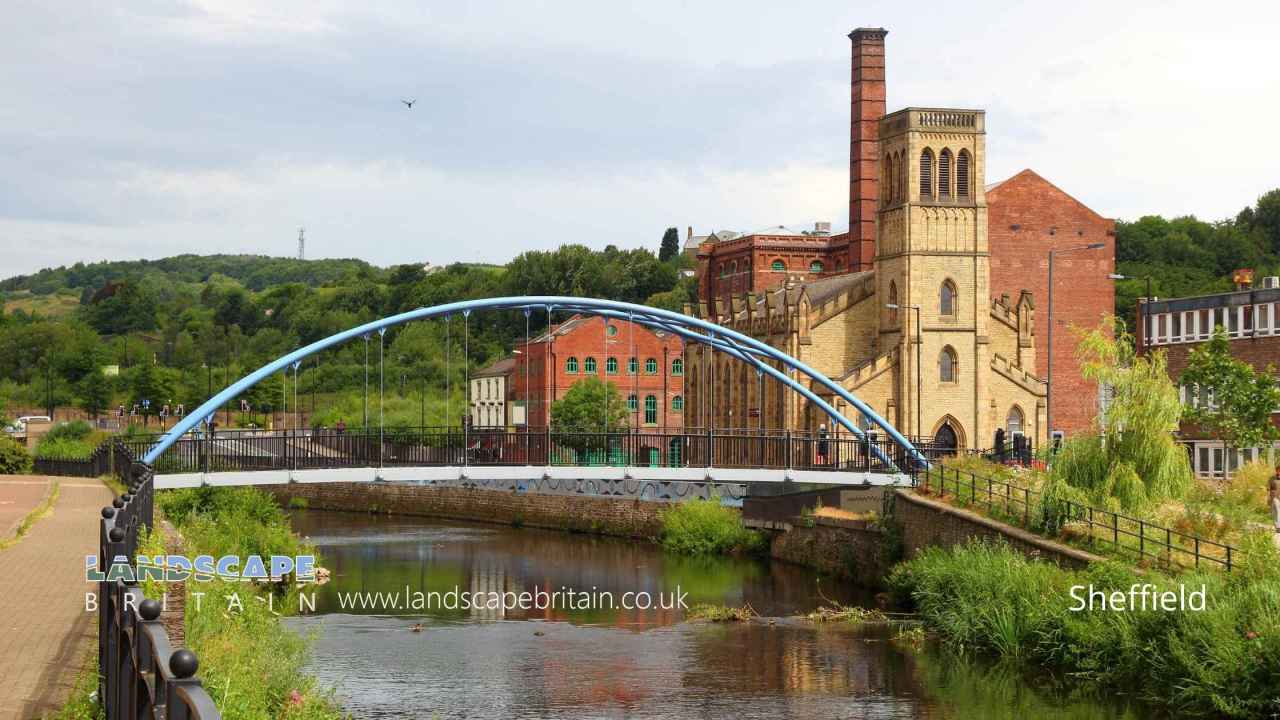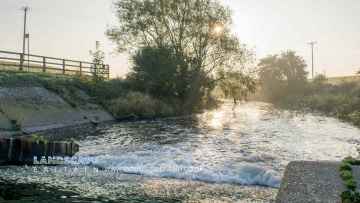Sheffield is a City in the county of South Yorkshire.
Sheffield is a city located in South Yorkshire, England. The city has a population of over half a million people and is the fourth largest city in England. Sheffield is known for its many universities and colleges, as well as its steel production.
When visiting Sheffield, there are a few things that you must see. The first is the Sheffield City Hall, which is located in the center of the city. The hall was built in the early 1900s and is a beautiful example of Victorian architecture. Next, make sure to visit the Meadowhall Shopping Center. Meadowhall is one of the largest shopping centers in Europe and offers something for everyone. Finally, be sure to check out the Peak District National Park. The park is located just outside of Sheffield and offers stunning views of the countryside.
Sheffield postcode: S1 2PP
There are great places to visit near Sheffield including some great towns, cities, shopping centres and airports.
Places near Sheffield feature a number of interesting towns including Wath-upon-Dearne.
Sheffield, and Doncaster are great places to visit near Sheffield if you like cities.
Sheffield has some unmissable shopping centres nearby like Meadowhall, and Frenchgate Centre.
Doncaster Sheffield Airport is a great place to visit close to Sheffield if you like airports.
Sheffield History
There are some historic monuments around Sheffield:
Areas of Sheffield
Like most towns and cities Sheffield is comprised of a number of areas, once separate villages or small towns and parishes now part of Sheffield.
Many of the areas of Sheffield have their own character and places of interest.
Places to see near Sheffield
History of Sheffield
After the Norman conquest of England, Sheffield Castle was built to protect the local settlements, and a small town developed that is the nucleus of the modern city. By 1296, a market had been established at what is now known as Castle Square, and Sheffield subsequently grew into a small market town. In the 14th century, Sheffield was already noted for the production of knives, as mentioned in Geoffrey Chaucer’s The Canterbury Tales, and by the early 1600s it had become the main centre of cutlery manufacture in England outside London, overseen by the Company of Cutlers in Hallamshire. From 1570 to 1584, Mary, Queen of Scots, was imprisoned in Sheffield Castle and Sheffield Manor. During the 1740s, a form of the crucible steel process was discovered that allowed the manufacture of a better quality of steel than had previously been possible. In about the same period, a technique was developed for fusing a thin sheet of silver onto a copper ingot to produce silver plating, which became widely known as Sheffield plate. These innovations spurred Sheffield’s growth as an industrial town, but the loss of some important export markets led to a recession in the late 18th and early 19th century. The resulting poor conditions culminated in a cholera epidemic that killed 402 people in 1832. The population of the town grew rapidly throughout the 19th century; increasing from 60,095 in 1801 to 451,195 by 1901. The Sheffield and Rotherham railway was constructed in 1838, connecting the two towns. The town was incorporated as a borough in 1842, and was granted a city charter in 1893. The influx of people also led to demand for better water supplies, and a number of new reservoirs were constructed on the outskirts of the town. The collapse of the dam wall of one of these reservoirs in 1864 resulted in the Great Sheffield Flood, which killed 270 people and devastated large parts of the town. The growing population led to the construction of many back-to-back dwellings that, along with severe pollution from the factories, inspired George Orwell in 1937 to write: “Sheffield, I suppose, could justly claim to be called the ugliest town in the Old World”.









